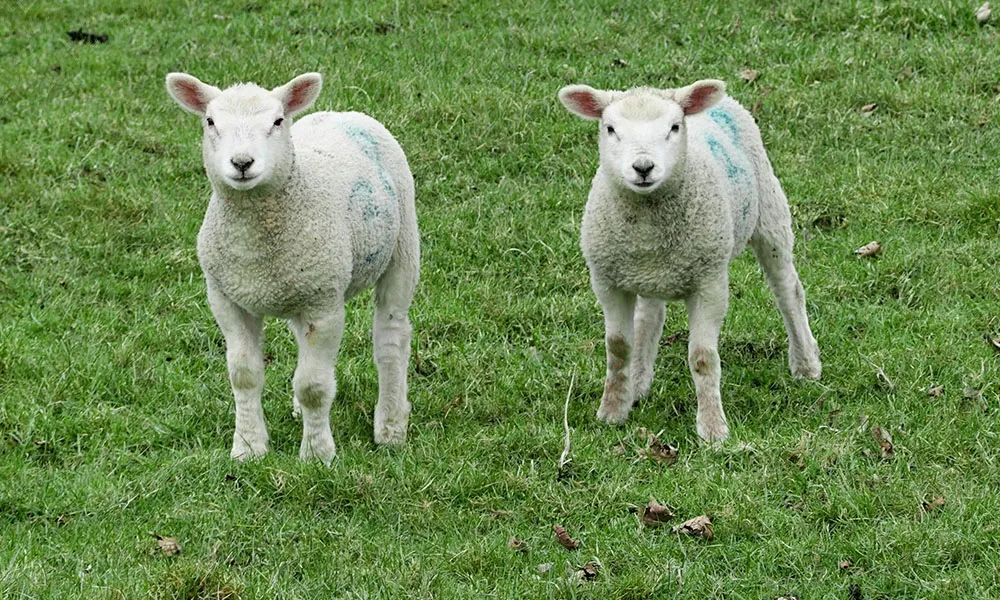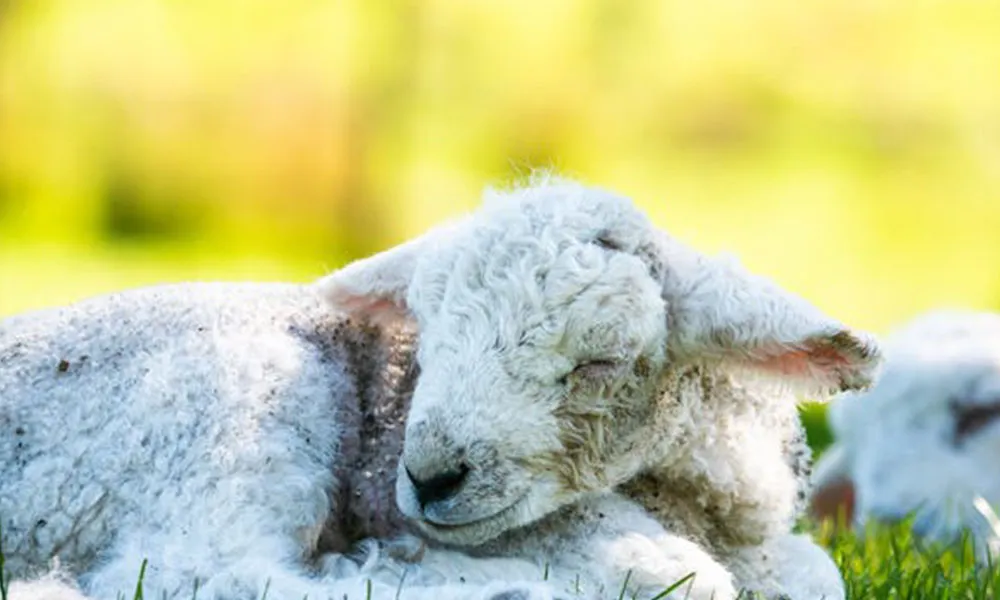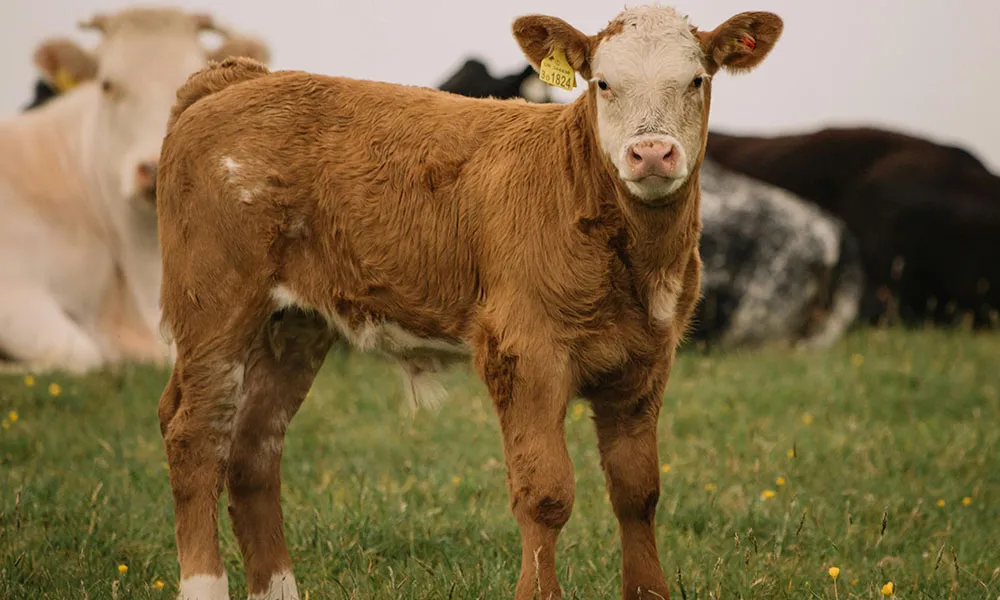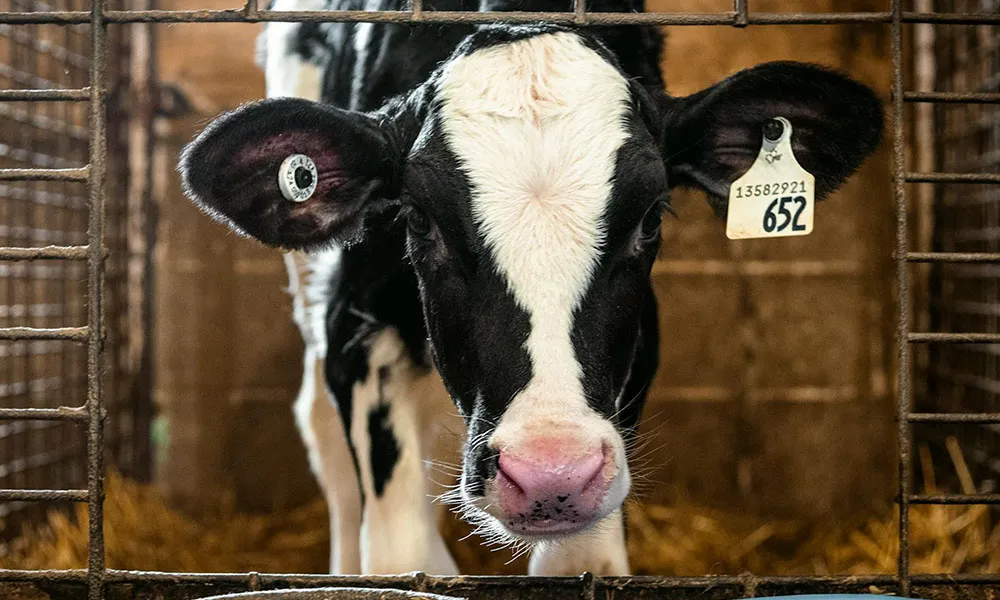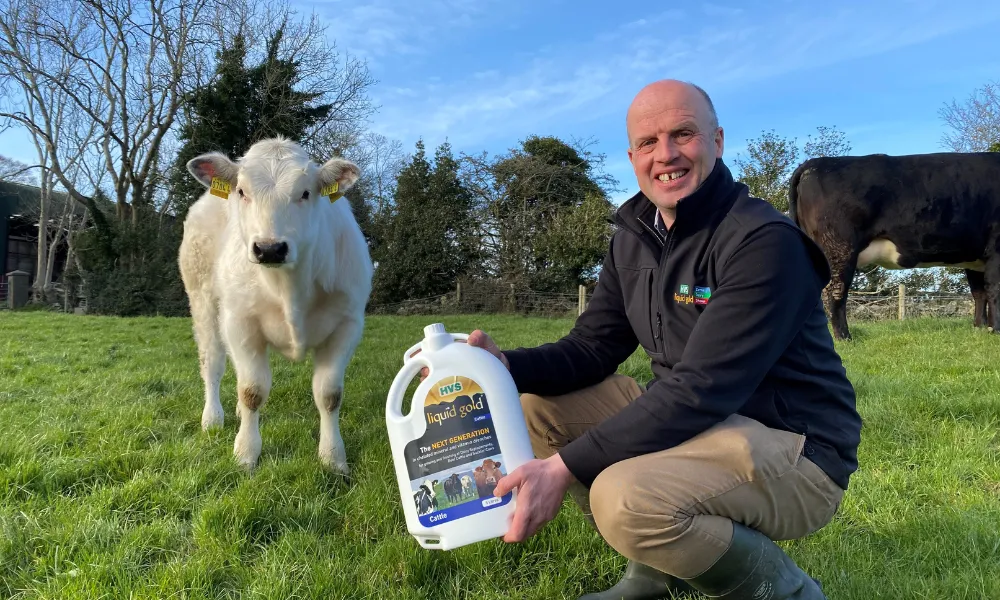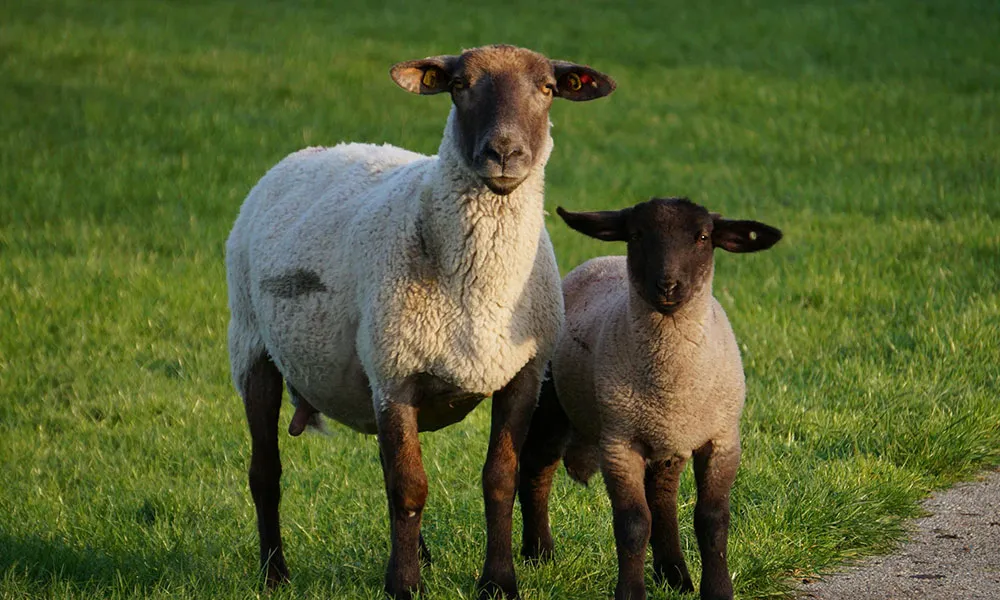
Steps by Step Guide:
- Spray the field with a glyphosate spray to kill off all weeds and grasses e.g., Roundup Flex, Gallup XL etc.
- Soil test and take appropriate action where results are low. The pH should ideally be 6.2-6.5 with phosphate and potassium at index 3 or above.
- Choose a suitable cultivation technique e.g., ploughing, direct drilling, disc and one pass etc.
- Form a nice, fine seedbed which will provide ideal conditions for seed establishment. This is usually done using a land leveler or harrow.
- Choose a seed type which takes into consideration intended field use, land type etc.
- Sow the seed into the fine seedbed which has a depth of no more than 15mm.
- Roll after sowing to increase seed contact with the soil to aid seed establishment.
- Post-emergence, spray the new crop to prevent weeds which will hinder the new reseed’s development.
- Graze once the root does not come with the grass when pulled by hand. First grazing of a new reseed should be at a low cover of around 700-1000 kg DM/ha.
- Do not graze the new reseed tight on the first grazing as this may lead to unwanted weeds and poaching. Lightweight animals like calves or sheep are ideal for first grazing.
Methods of reseeding
There are many options available to farmers when it comes to the method of reseeding. The main three are: Ploughing, Direct Drilling and Disc & One Pass
Ploughing
Ploughing is the most common and – more often than not – the most successful way to reseed land. A plough is used to turn over the sod at around a depth of 10cm. A fine and even seedbed is then formed using a powerharrow and then a land leveler. Artificial fertilizer should then be sowed, followed by the grass seed. Ideally, the land is rolled after this to help the germination of the seed. Ploughing can also be used as a method of drainage, because the opening of the soil allows compacted areas to open up and water to flow in the direction ploughed.
Disc & One Pass
Aim for 2/3 passes of a disc harrow in angled directions to break the sod and turn up enough soil to form a seedbed. A heavy disc harrow should first be used to break up the soil, followed by a powerharrow for the second and third pass. This sod is then broken up further using a land leveler to form a nice, fine seedbed. This is followed by an application of fertilizer and then the seed is sown. The seed can be sown whilst power harrowing if the machine is fitted with a seed box. This is called ‘One Pass’. The seedbed should then be rolled to allow for an easier germination of the grass seeds.
Direct Drilling
This method requires the grass to be grazed tight and sprayed afterwards to kill off the grass and weeds. Fertilizer and lime should then be spread if required. The reseeding then takes place using a direct drill which first cuts small slots into the ground. The seed is placed into these slots by the same machine. Direct drilling is a much less labour-intensive method but can have varying results.
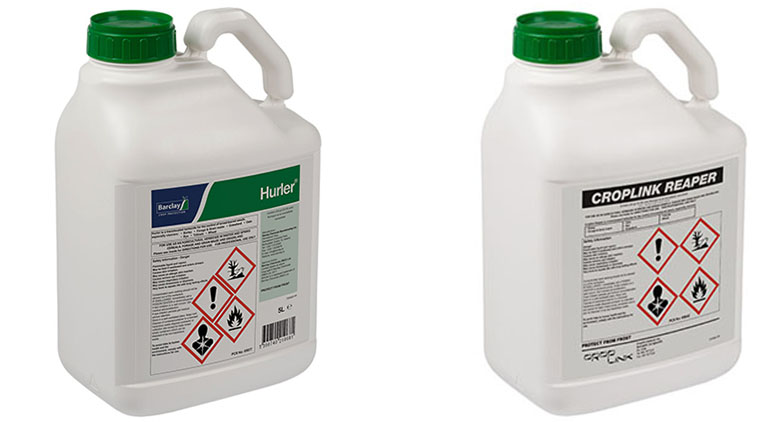
Post Emergence Spray?
A vital part of reseeding, which must not be forgotten, is post emergence spraying. When the grass is in the fragile stage of establishing itself, weeds can take hold and cause great problems to the reseed. Weeds like chickweed, rushes, docks, dandelions, creeping buttercup, thistle etc. can take over if they are not treated in time and will cause large damage to the newly reseeded crop. An ideal spray for a new reseed is Hurler or Reaper, however both are non-clover safe. Both can be safely used on newly sown grass and are very effective against broad-leaved weeds. In the case that clover is present in a sward, Clovermax is a much better option as it will not harm the clover and still kills the large majority of weed species.
One weed that Hurler and Reaper does kill is chickweed. Chickweed has become more and more of a problem over the past few years and is a very hard weed to control. It is a creeping weed and forms a mat over the surface of the ground. This mat suffocates the grass and kills large patches of it where fields are affected.




